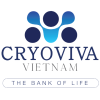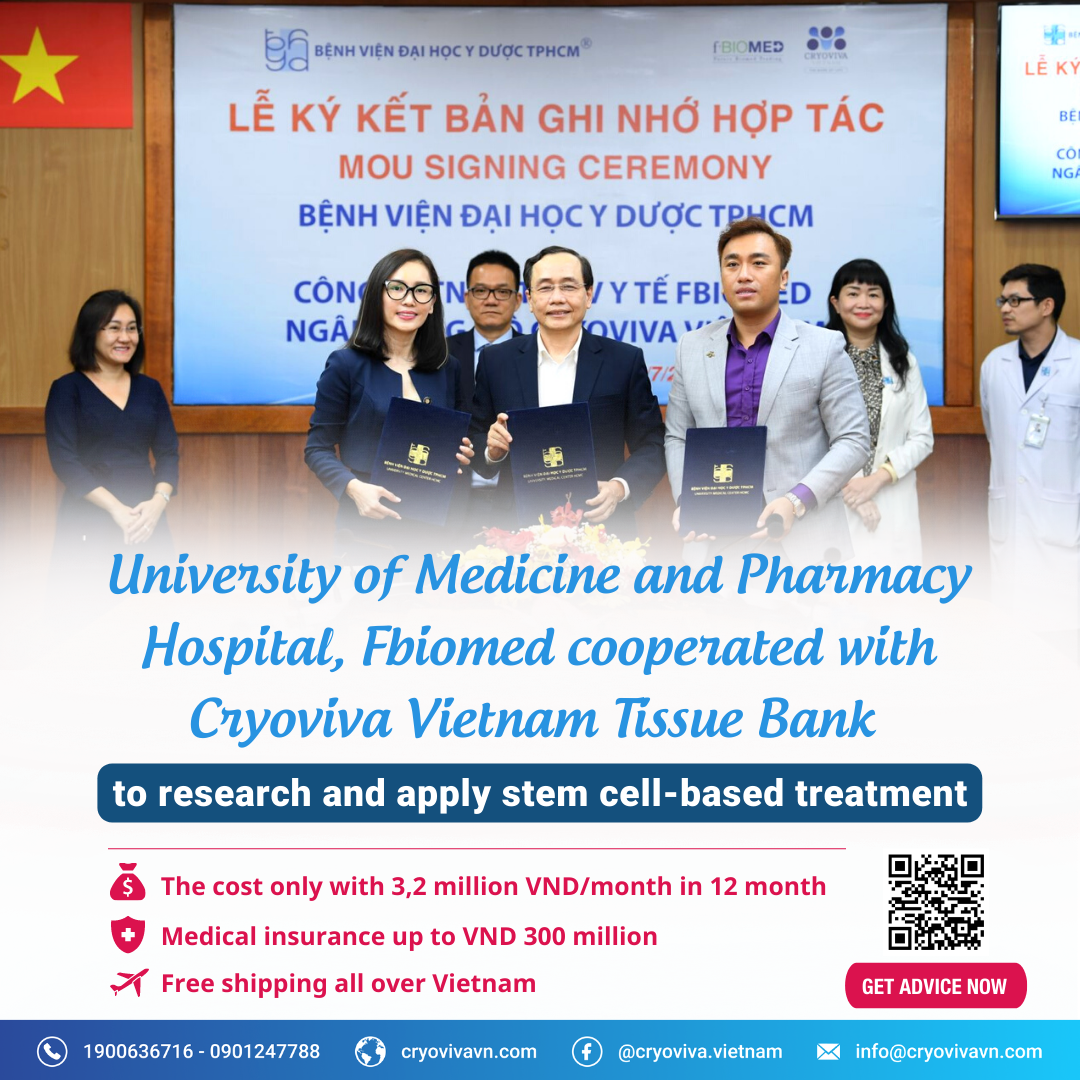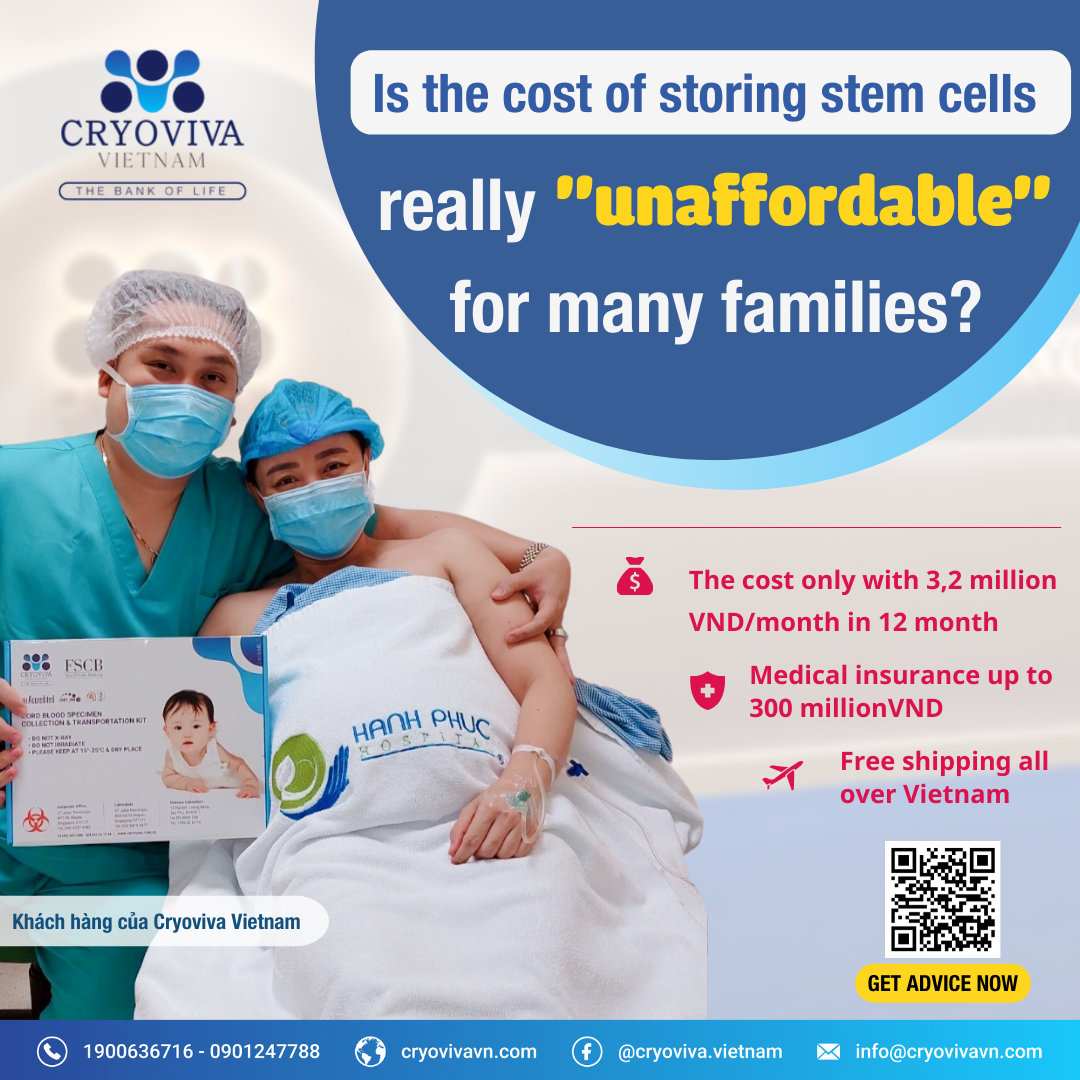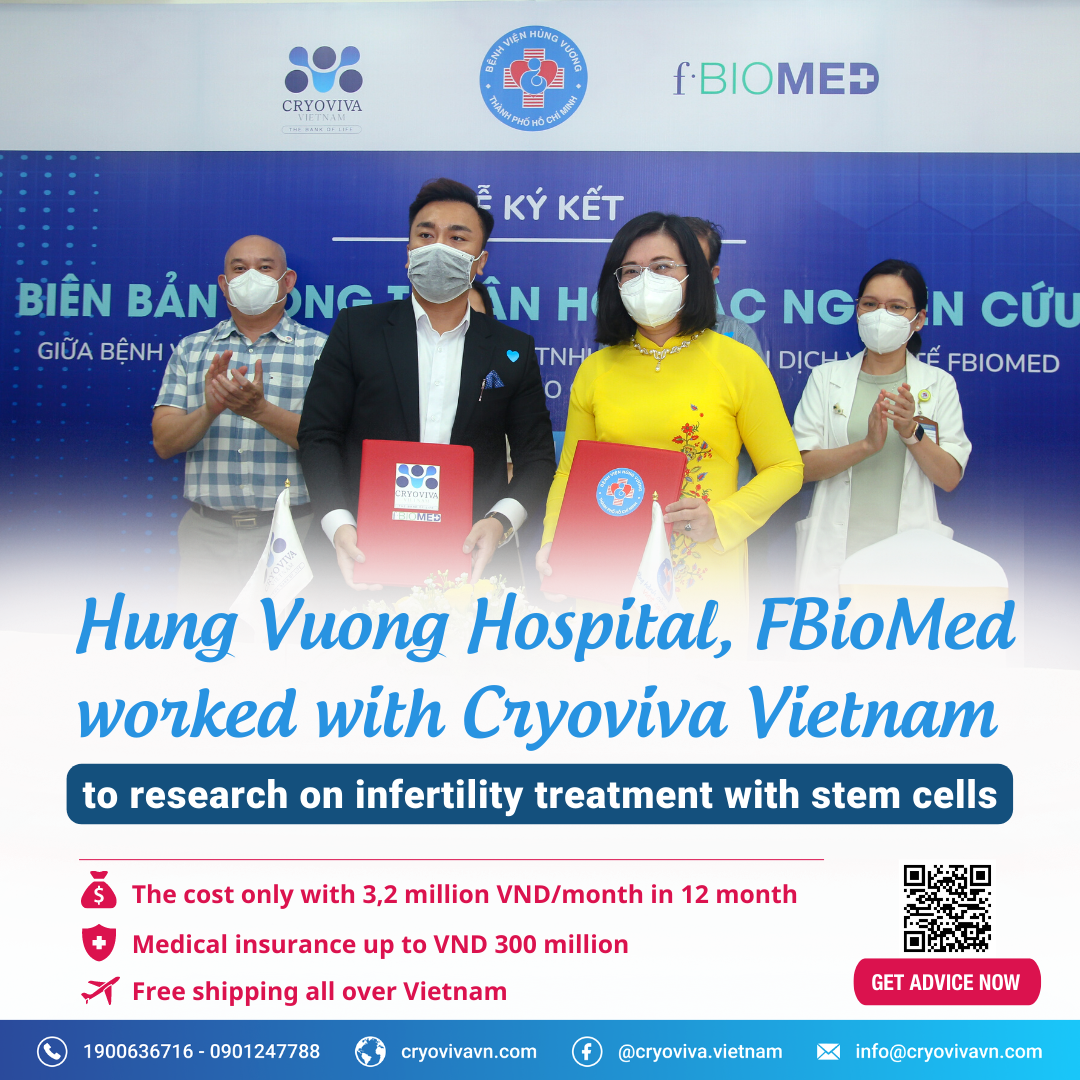The role of tissue banks in stem cell storage
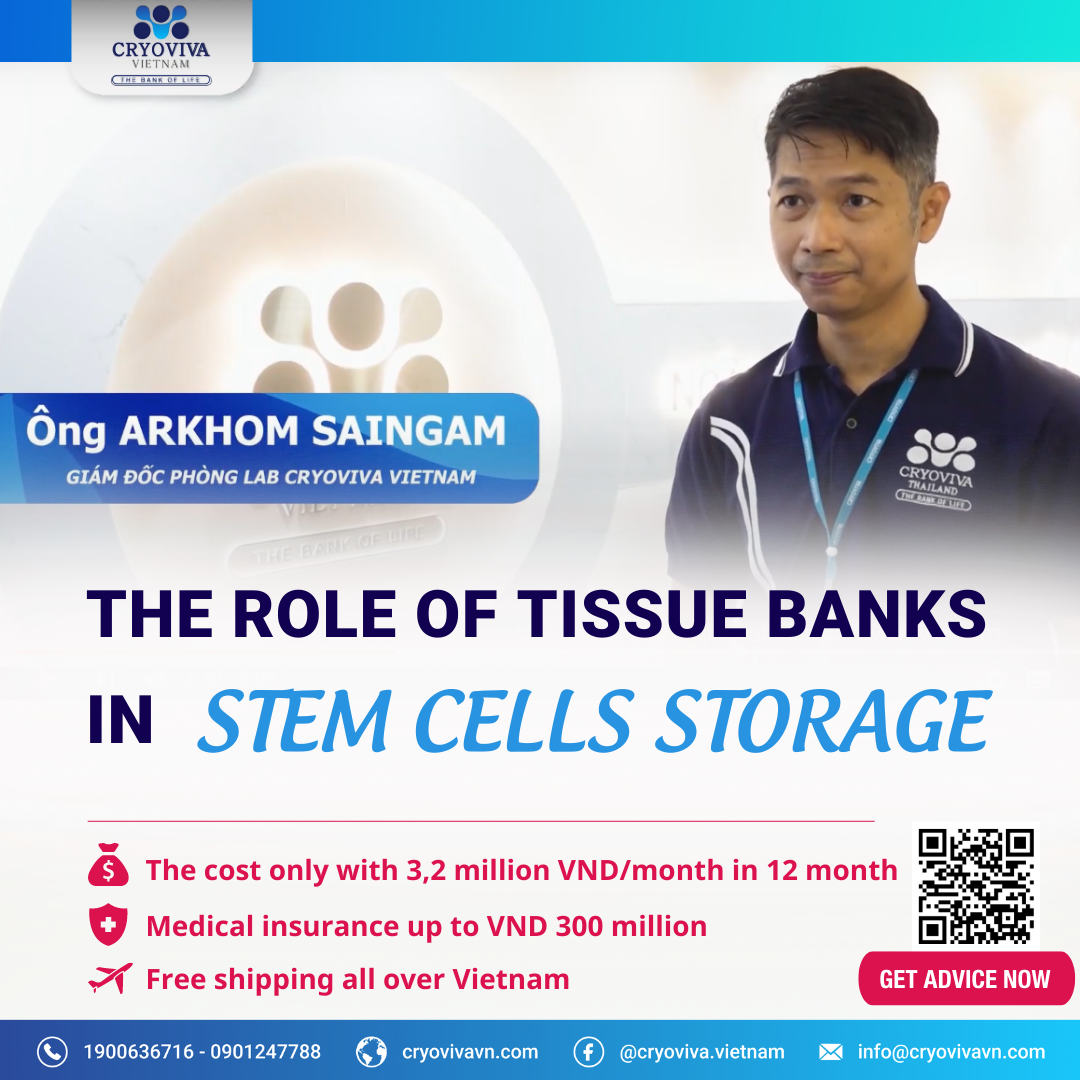
The role of tissue banks in stem cell storage
A stem cell bank plays an important role and requires modern facilities, advanced techniques and international standard AABB & FDA technology to ensure the quality of stored specimens for customers.
Stem cell bank: safe and isolated storage for cell protection
Choosing a tissue bank to store your baby’s stem cells is extremely important. Parents should carefully investtigate on the costs, policies, procedures, and information in relation to the stem cell bank. After that, comparison and evaluation may be conducted for choosing the unit that the whole family trusts to deliver this special “bioinsurance” package.
Currently, the stem cell storage model in Vietnam is increasingly popular including 2 types of tissue banks: international banks and local banks. Each type of bank has its own advantages and disadvantages, suitable for each group of customers with specific conditions and needs.
Stem cell storage bank is considered as a cell repository, possessing advanced techniques, equipment and technology satisfying AABB and US FDA international standards. Low temperatures must be maintained in the laboratory to preserve the biological properties of the cells and protect them from contamination and mutations caused by environmental changes. With standardized storage and strict quality control procedures, stem cell banks ensure the long-term preservation of cells without losing their properties.
Concerns of customers in choosing a storage bank for their children
Storing umbilical cord stem cells is receiving the attention of many families. They should choose a reputable stem cell bank based on quality and family economy. Customers seek stem cell storage banks based on the following factors:
Policy & Legal base: Tissue Bank must be licensed by the Ministry of Health to operate in Vietnam. A compensation policy is offered in case the stored specimen is damaged, ensuring the quality of the specimen until it is needed.
Technology: Applying storage technology transferred from abroad, satisfying AABB and US FDA standards, along with a team of technicians with many years of experience in cell storage, processing and extraction.
Stem cell storage costs: There are diverse and flexible storage packages, from 1 year – 5 years – 10 years – 20 years to lifetime. Although there is a difference in cost between international and local tissue banks, the storage facilities also issue payment support policies to suit the economic conditions of many families in Asia
Other support: Stem cell bank always supports sampling and transporting specimens at all hospitals/birth rooms nationwide to meet customers’ stem cell storage needs.
The value of stem cells for human health in the future
Stem cells derived from umbilical cord blood, umbilical cord, and umbilical cord tissue are used to support the treatment of more than 85 different diseases. Storing umbilical cord stem cells is considered a source of reserve cells, supporting treatment in unfortunate case when the child needs to use it.
According to research, stem cells have the ability to proliferate in large numbers and regenerate themselves rapidly in the laboratory. Just a piece of the baby’s umbilical cord can multiply millions of cells or the amount suitable for the treatment requirements. This is a lifetime value because cells are stored in a laboratory with the most suitable conditions for living cells and quality assurance.
A preeminent benefit of stem cells is that they can be used for family members when the biological indexes are matched. Because baby stem cells have lower immune properties and higher compatibility when transplanting to grandparents, parents, siblings, etc, iust a piece of the umbilical cord has great signification on health to protect the baby and family members.
According to statistics, mesenchymal stem cells derived from the umbilical cord can be used to treat 85 different diseases such as cardiovascular diseases, type 1 diabetes, lung cancer, brain diseases (autism, Alzheimer’s, Parkinson’s, etc.), spinal injuries, burns, cerebral palsy, autism. What is the purpose of storing stem cells?
Storage costs from only 38.5 million VND/month
Cryoviva Vietnam offers flexible storage packages from 1 year – 5 years – 10 years – 20 years to lifetime, conducted by a unit under Cryoviva with many years of experience in the field of specimen collection, preservation and processing, satisfying Asia’s leading AABB standards with a cell storage bank in Vietnam to serve local storage need of customers.
Storage costs from only VND 38.5 million for the first year, which may be paid in flexible installments via credit card only with VND 3,2 million per month. Parents can consider choosing a health gift for their children, the first “bioinsurance” for the baby’s life and a health care solution for the whole family.
__________________________________________________
Cryoviva Vietnam Stem Cell Bank
Cryoviva Vietnam stem cell bank based on the first foreign technology transfer licensed by the Ministry of Health to operate in Vietnam.
With a team of skilled doctors, nurses and consultants who are always ready to support sampling across 63 provinces and accompanying benefits, including:
✓ The cost of storing stem cells is only with 3,2 million VND/month in 12 months
✓ Free shipping all over Vietnam
✓ 3 times compensation when there is a risk to the stored specimen.
Cryoviva Vietnam specializes in cell culture and storage with the most advanced technology in order to ensure cell quality according to Cleanroom Class 100 & 100,000 standards and coordinate with clinical research hospitals to apply stem cells in treatment.

